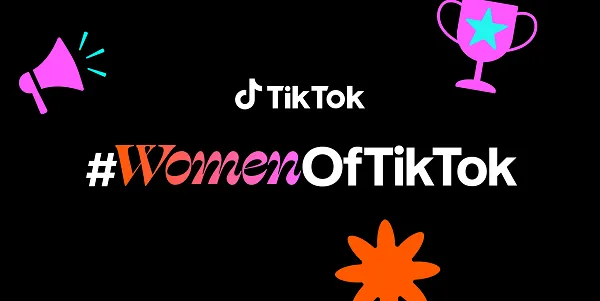The Story Behind the Story: Four Writer Tools by Stella Atrium
How to open the second book in a series? I puzzled with this question for a good long time while writing THE BODY POLITIC which is Book II in my series.
Elements to consider include:
How much time has passed since the first book was published?
My idea was that if the release time between books is short, then the writer can continue the story with little exposition to reorient the reader to previous events. But if the second book comes out more than a year later, then some help is needed for the reader to remember previous events.
This consideration is only for the published dates, though. When a reader starts a series after several books are published, then they buy book two (or not) when they finish the first story.
How much time has passed for the characters between two stories?
If the writer chooses to jump forward by a decade in the course of events, then some effort is needed to help the reader find the thread for each character.
In the recent Netflix series The Crown, for example, actors were switched out for the decades of Queen Elizabeth’s journey as a royal. The new actors for each role were nicely tucked into the stream of events with a “soft entrance” for each.
The viewer/reader is expecting to see Princess Margaret (sister to the queen) because her arrival is announced. We accept the substitute of an older actress.
Is a recap of past events necessary to help the reader find the story threads?
The need for a recap depends on the story, of course, but generally the exposition becomes tedious for readers who just finished the first book. Present an active inciting incident instead, one that involves readers in today’s problem.
Reminders of past relations can be added in the dialogue. “You haven’t changed one bit since we served together in Africa!”
How to manage specific terms or a vocabulary that worked in Book One?
Science fiction or fantasy genres can be full of special names, locations, terms, or even a full language like Elfin. Writers offer genealogy charts, maps, or a glossary of terms to establish the series almost like add-ons for a video game. Many readers appreciate the additions. Other readers skip the appendix and try to make sense of the action by reading.
One writer tool is adding an apprentice or incidental traveler who is new to the group. This apprentice can ask the obvious question. “What does he mean when he says chi cylay?” The established characters can relate the term to a previous action, this way the reader gets a defined term and a reminder of how characters used it previously.
Of course, this incidental character must have a stake in today’s problem as well, not just functioning as a foil.
One caveat, though.
Writers tend to worry about readers who engage with the next book after a gap in reading time. My experience is that the reader starts the next story while the first one is still fresh, reading a whole series before they turn to another writer.
I know science fiction readers who won’t start a series until the first two trilogies are available, just so they don’t have to wait for the next book to be published.
At least that’s how our habits grew during the pandemic. Maybe now that we can all get out more, the commitment will be less.
THE BUSH CLINIC and THE BODY POLITIC are available now! Check out this BookLife review for THE BODY POLITIC to see what readers are saying.
Book III in The Tribal Wars, titled HOME RULE will, come out in May 2023, continuing the story of how tribes on Dolvia overcome prejudice and bind together as a nation-state.
Sign up for our email and we’ll send you the best new books in your favorite genres weekly.






































































